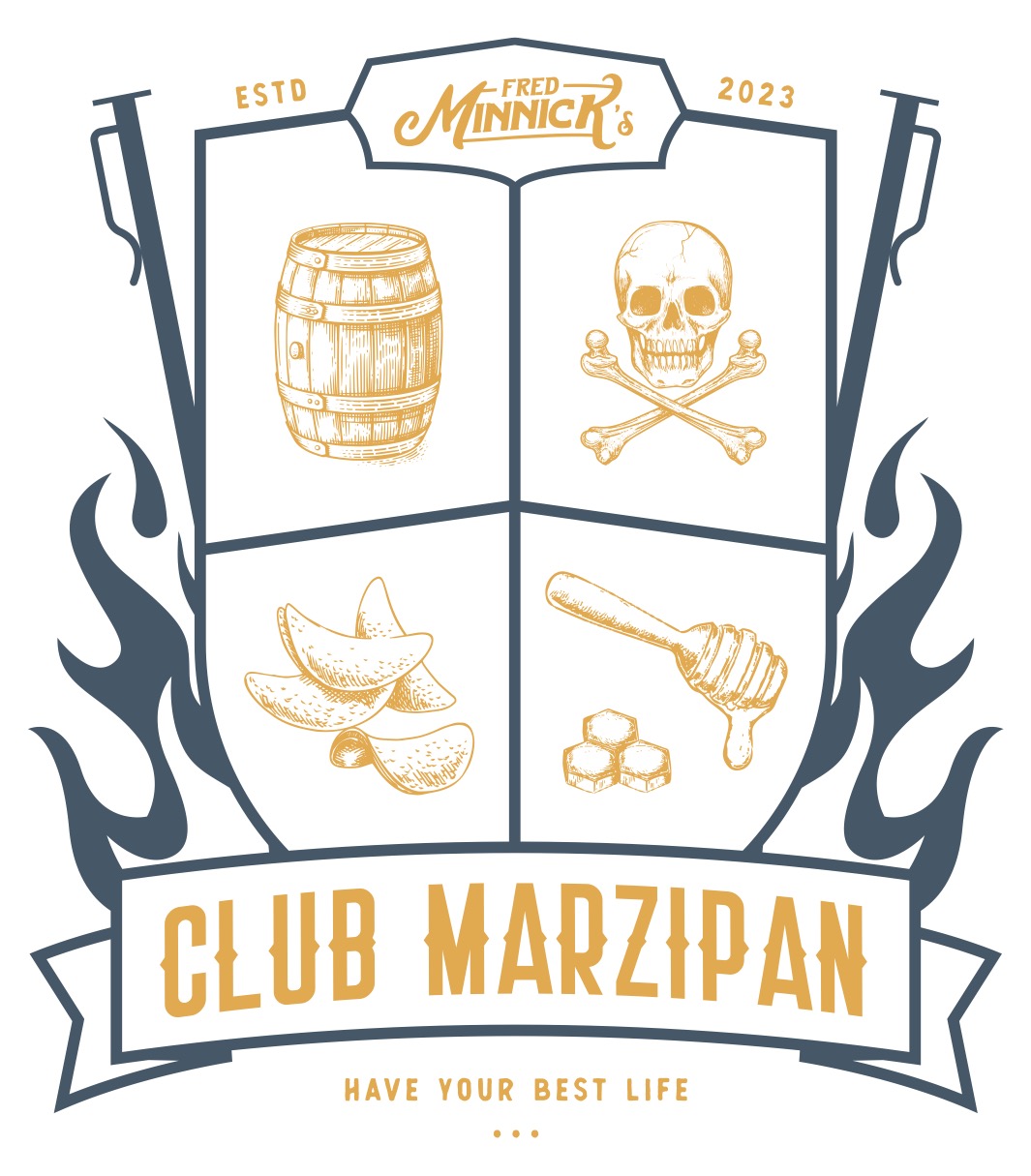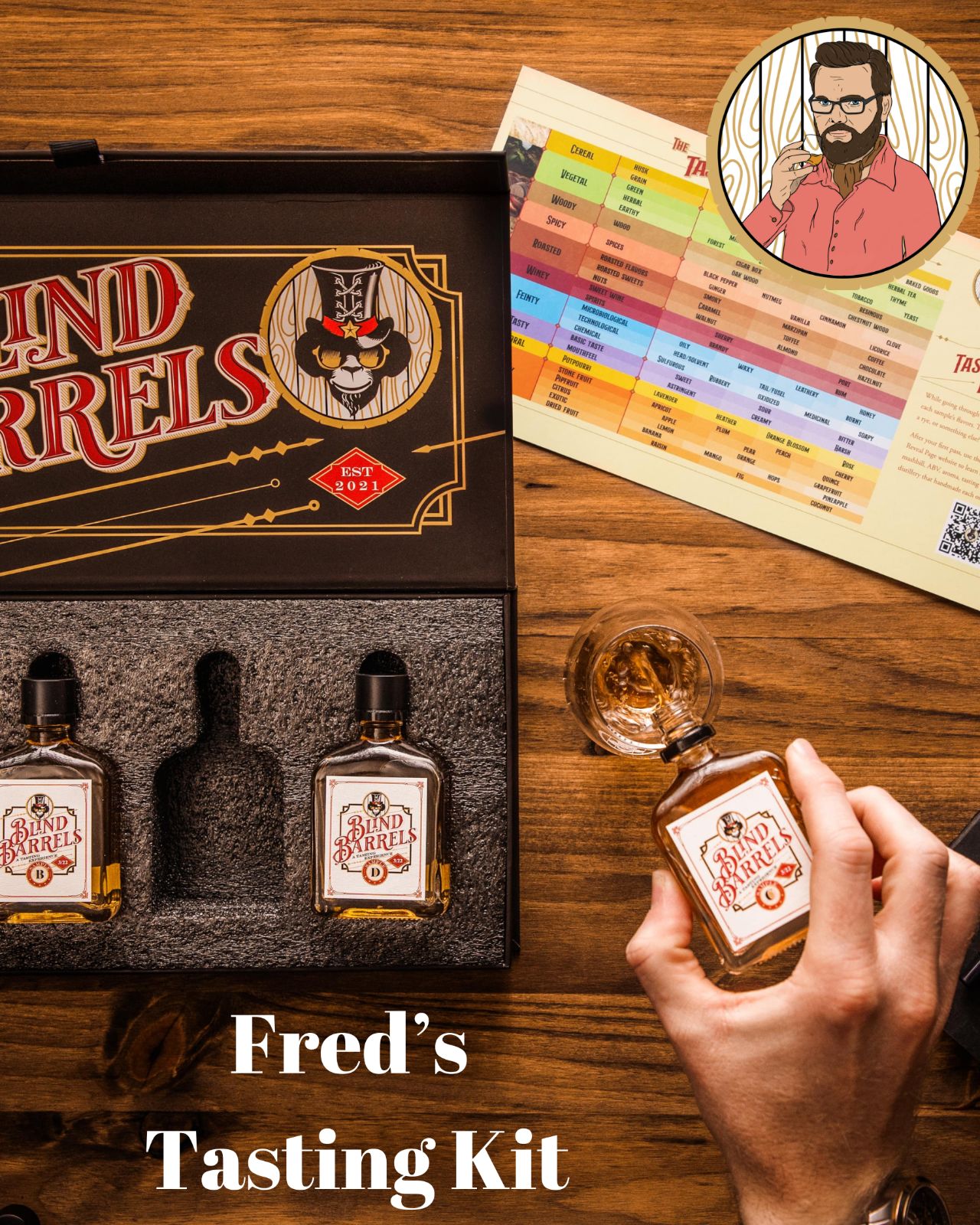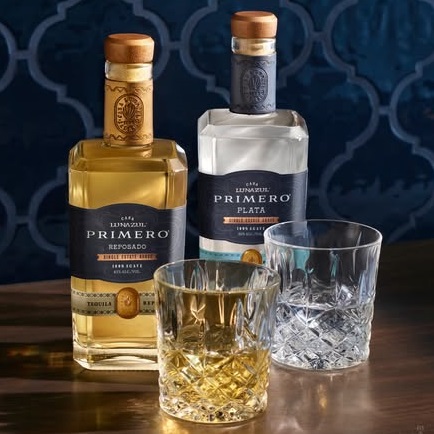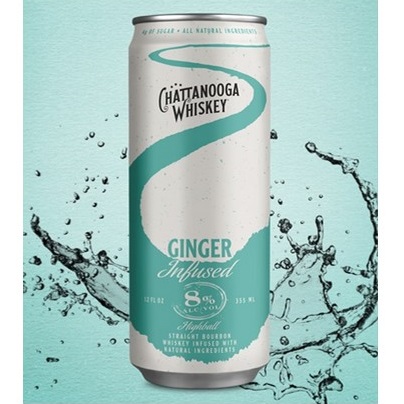6 Modern Bourbons That Would Be Bourbon In 1959
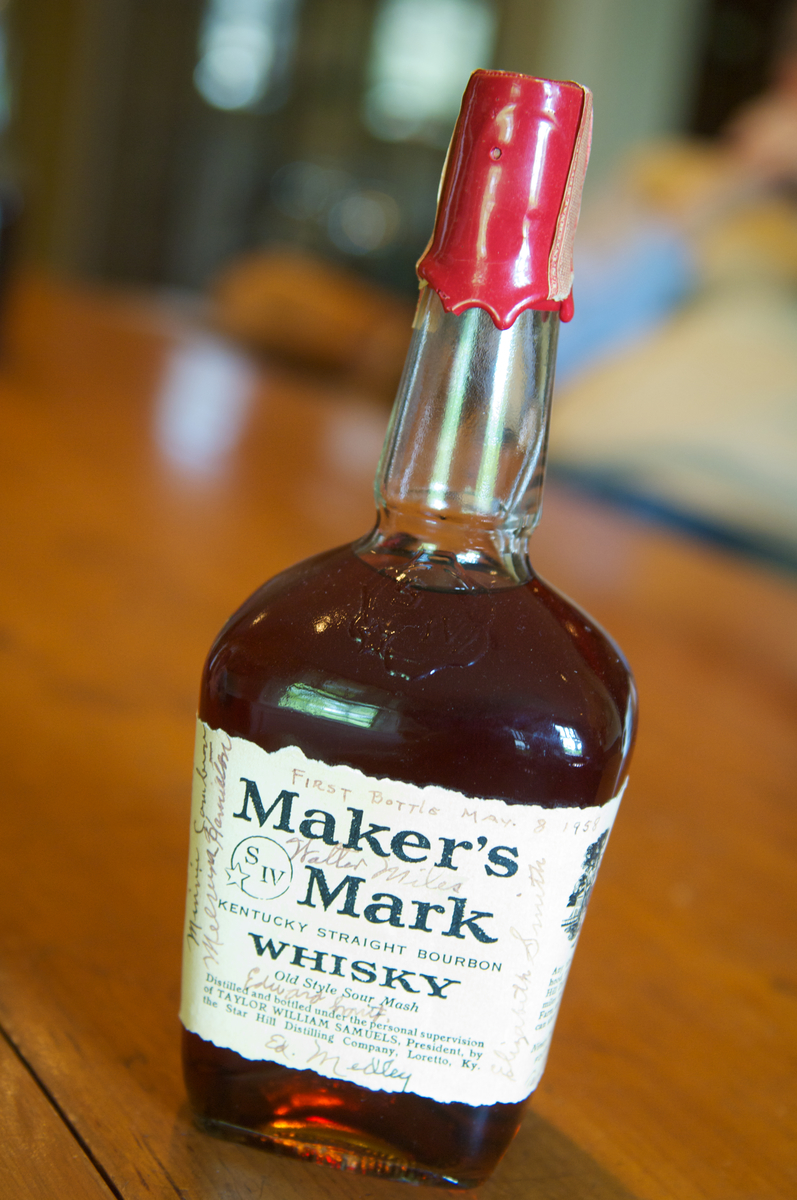
Did you know that if you traveled back to 1959 and brought a bottle of modern Jim Beam it wouldn’t be considered bourbon?
Granted, if you had this amazing ability to travel in time, you wouldn’t fret over what bourbon with which to toast a babyfaced Elvis. But just go with it: In 1959, to be bourbon, it could not go into the barrel any higher than 110 proof.
This so-called barrel proof is paramount to a distillery’s process. They ferment a predominately corn-based mash, distill to no higher than 160 proof and cut with water to the legal barrel-entry proof before placing clear liquid into its new home—a lovely new charred oak barrel.
In the early 1960s, fat cat accountants thought it’d be wise to increase barrel-entry proof from 110 to 125 proof, which allowed them to create more volume and more profits. Or that was their rationale: In a scenario of 10 barrels of whiskey, they could get more 80-proof bottles out of 125 barrel-entry proof than 110.
What it did more than anything was fast-forward a note whiskey tasters commonly refer to as “over oaked.”
See, a barrel contains polyphenolic compounds, also referred to as tannins or wood sugars. They bring forth many incredible flavors, such as coconut and caramel, but water helps soften the phenols so they don’t come out too harsh. Thus, a 110 barrel-entry proof theoretically would be softer, more buttery than one at 125 proof. But there’s a many great 125-barrel-entry-proof whiskeys (all Heaven Hill products) that whip many lower entry proofs that taste like a wood oven.
So, while some studies have shown 125 barrel-entry proofs become far too woody after 10 years old, there’s much work and study that needs to be done here. Really, it always comes down to personal preference. If you like the taste of oak, and some do, you probably will skew toward the heftier proof points.
Nonetheless, it’s a fact that today’s standards of bourbon are different than in 1959. And if you were hopping in that time machine, the following bourbons are safe to take with you:
- Maker’s Mark. Since the 1950s, Maker’s has gone into the barrel at 110 proof.
- Michter’s. This Kentucky distillery has the claim of going into the barrel at the industry’s lowest—103 proof.
- Wilderness Trail. This new Kentucky distillery follows many old school traditions, such as sweet mashing. They go in the barrel at 110 proof.
- MB Roland. In Western Kentucky, MB Roland ranges its barrel proof from 107 to 110.
- New Riff Distillery. This is one of the more exciting new distilleries in the world, and they swear by the 110 barrel-entry proof.
- Rabbit Hole Distillery. Recently sold to Pernod Ricard, this upstart believed 110 barrel-entry proof was key to its success.
In fact, we’re starting to see a resurgence of the lower-barrel entry proofs, especially in wheated bourbons. Soon, you’ll be able to travel back to 1959, with a proud bourbon collection and can fit right in. Just do me a favor, bring me back a case of Weller. I need to do some experimenting with 1950s Weller. … for science.




